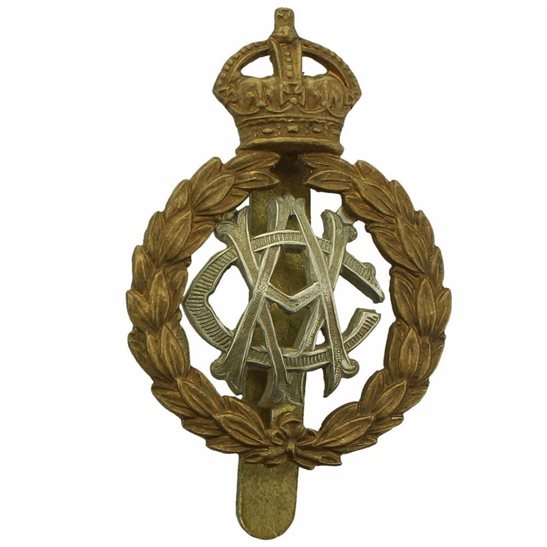Personal Details
Born: 13 November 1881 in Marbury, Cheshire.
Family: He was the eldest of nine children born to Thomas Sadler, a farmer, and his wife Sarah, nee Lodmore. He married Sarah Boote in 1905. She died in 1922 and he married Emily Chidlow in 1923. The couple had two children, Ira Noel, born 1925 and May Edna, born 1926.
Residence: In 1891 and 1901 his family were living at The Lodge, Marley Green, Marbury, Cheshire. By 1911 and now married, his address was 1 Fields Cottages, Alkington, Whitchurch, Shropshire. This continued to be his home until at least 1939. At the time of his death he was living at The Mount, Pear Tree Lane, Whitchurch.
Employment: He was a farmer all his life.
Died: 7 July 1950 at The Royal Salop Infirmary, Shrewsbury, Shropshire, aged 68. He was buried on 11 July the same year at Whitchurch cemetery.
Military Details
Regiment: Army Veterinary Corps
Rank: Private
Service Number: SE/22210
Date of Enlistment: 10 December 1915
Date of Discharge: Not known
Reason for Discharge: Not known
Thomas was awarded the Campaign Medals (British War Medal, and Victory Medal).

The British War Medal (also known as 'Squeak') was a silver or bronze medal awarded to officers and men of the British and Imperial Forces who either entered a theatre of war or entered service overseas between 5th August 1914 and 11th November 1918 inclusive. This was later extended to services in Russia, Siberia and some other areas in 1919 and 1920. Approximately 6.5 million British War Medals were issued. Approximately 6.4 million of these were the silver versions of this medal. Around 110,000 of a bronze version were issued mainly to Chinese, Maltese and Indian Labour Corps. The front (obv or obverse) of the medal depicts the head of George V. The recipient's service number, rank, name and unit was impressed on the rim.
The Allied Victory Medal (also known as 'Wilfred') was issued by each of the allies. It was decided that each of the allies should each issue their own bronze victory medal with a similar design, similar equivalent wording and identical ribbon. The British medal was designed by W. McMillan. The front depicts a winged classical figure representing victory. Approximately 5.7 million victory medals were issued. Interestingly, eligibility for this medal was more restrictive and not everyone who received the British War Medal ('Squeak') also received the Victory Medal ('Wilfred'). However, in general, all recipients of 'Wilfred' also received 'Squeak' and all recipients of The 1914 Star or The 1914/1915 Star (also known as 'Pip') also received both 'Squeak' and 'Wilfred'. The recipient's service number, rank, name and unit was impressed on the rim.

